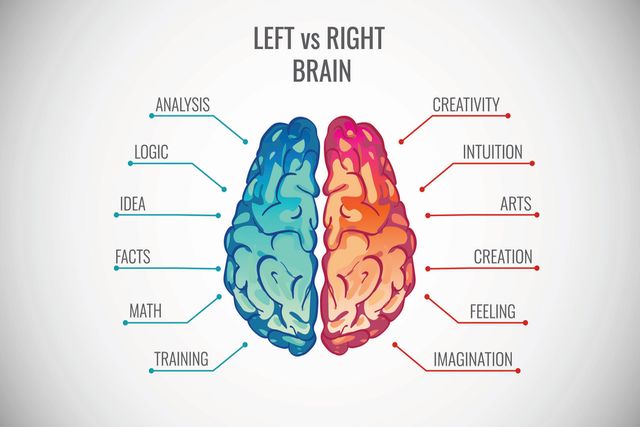General Information
Brain Bridging (or Bilateral Integration)
Before getting on to describe ‘brain bridging’, or bilateral integration, it’s important to understand some fundamentals about the brain/body function.
Another article on this website provides information on Centering. You can read it HERE to learn how important it is to be centred.
It is important to understand that your body sends messages – from the senses and different organs in the body – to your brain all the time.
The brain has to process this information in order to send the correct impulses back to the body. Once this has happened, the appropriate responses or reactions can occur.
For example The messages to the brain are sent via specific pathways from the sense or organ to specific areas in the brain.
Some pathways cross over to the opposite side of the body on a spinal level, others in the brain stem and others only in the “higher brain areas” or the cerebrum. You’ll see this working when you:
- Close the window because you are cold
- Rest because you are tired
- Put the music softer because you cannot follow a conversation
- Reach out because you see something that you want to touch
The human brain

Now, let’s talk about the amazing Human Brain. Don’t be put off, because this is very interesting information!
Did you know that the human brain is a 3-pound (1.4-kilogram) mass of jelly-like fats and tissues? Yet, it’s the most complex of all known living structures?
Up to one trillion nerve cells work together and coordinate the physical actions and mental processes that set humans apart from other species.
To add to this, the body consists of two specific parts, the right side and the left side. You also have two hemispheres in your brain, the right hemisphere and the left hemisphere.
The brain is working like a very complicated computer. There is lots of “wiring” in the body and brain to enable the sending and receiving of messages. All of this is programmed to make decisions and reactions to ensure that the person will not be in danger or will be able to live through life threatening situations.
The messages to the brain are sent via specific pathways, from the sense or organ, to specific areas in the brain. Some pathways cross over to the opposite side of the body on a spinal level. Others cross over in the brain stem and others only in the “higher brain areas” or the cerebrum.
Brain function duplication and bilateral integration
It is worth mentioning that some brain functions are duplicated in both hemispheres, but others are not. This is why it is important for the two hemispheres, and also for the two sides of the body, to communicate and to work together as a team. We call this bilateral integration.
Without bilateral integration, activities like these listed here would not be possible!
- Jumping with both feet together
- Catching a ball with both hands
- Swimming
- Running
- Playing the piano with both hands
- Using a knife and fork in a coordinated way

Brain bridging – brain communication
It is so common that children in Occupational Therapy have problems with bilateral integration. This problem needs to be addressed by encouraging the communication between the two sides of the brain, also called Brain Bridging.
Crossing the midline of the body
In addition to this, we also address the crossing of the midline of the body. This means that the right has to cross over to the left side of the body.
The child who has a problem with this finds it difficult to use the backhand in tennis, to write neatly when the book is on the table in the middle of the body. This child might look clumsy and slow when participating in different tasks.
It is important to note that Brain Bridging is one of the major functions addressed in the Home Course. Once your child has completed the program successfully, this function will be developed and will be functioning optimally.
Learn more about the Home Course.
Bilateral integration in infancy
It is unbelievable how Brain Bridging can already be seen in infancy when the baby can hold the bottle with both hands for the first time. Following on from this, the muscles in the body communicate through the brain to make it possible for the baby to maintain balance in a sitting position (the core muscles stabilizes the body).
Following on this, the baby develops the ability to control movements on both sides of the body in a coordinated way. This makes it possible to crawl. Walking follows on this.
Bilateral integration in the older child
In the older child, problems with bilateral integration can often be seen when the child is involved in activities that rely on sequencing. Some activities that rely on sequencing include:
- Time tables
- Spelling
- Memory of events or facts in the correct sequential order
- Understanding routines
- Effective planning of tasks and programs
According to our experience, to prevent any of these problems your child should be able to do all of the activities in the Home Course with ease.
What to expect of effective bilateral integration (Brain Bridging)
In summary, Brain Bridging or effective bilateral integration and sequencing will ensure:
- Good balancing ability
- Good motor skills, using the big movements of the body and the fine movements of the hands and fingers
- Comprehension of many academic tasks
We hope that you enjoyed learning more about how the brain – your personal and fantastic computer – works!